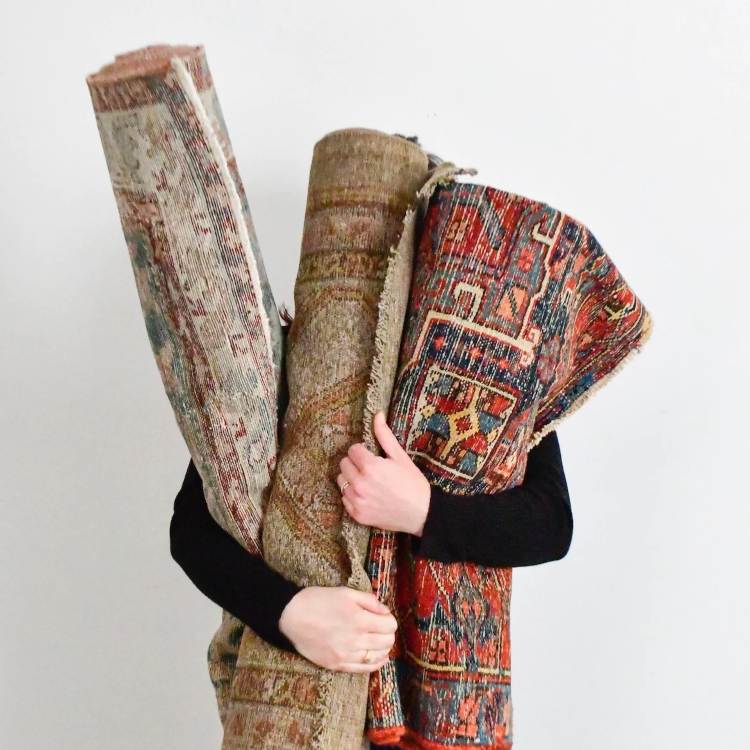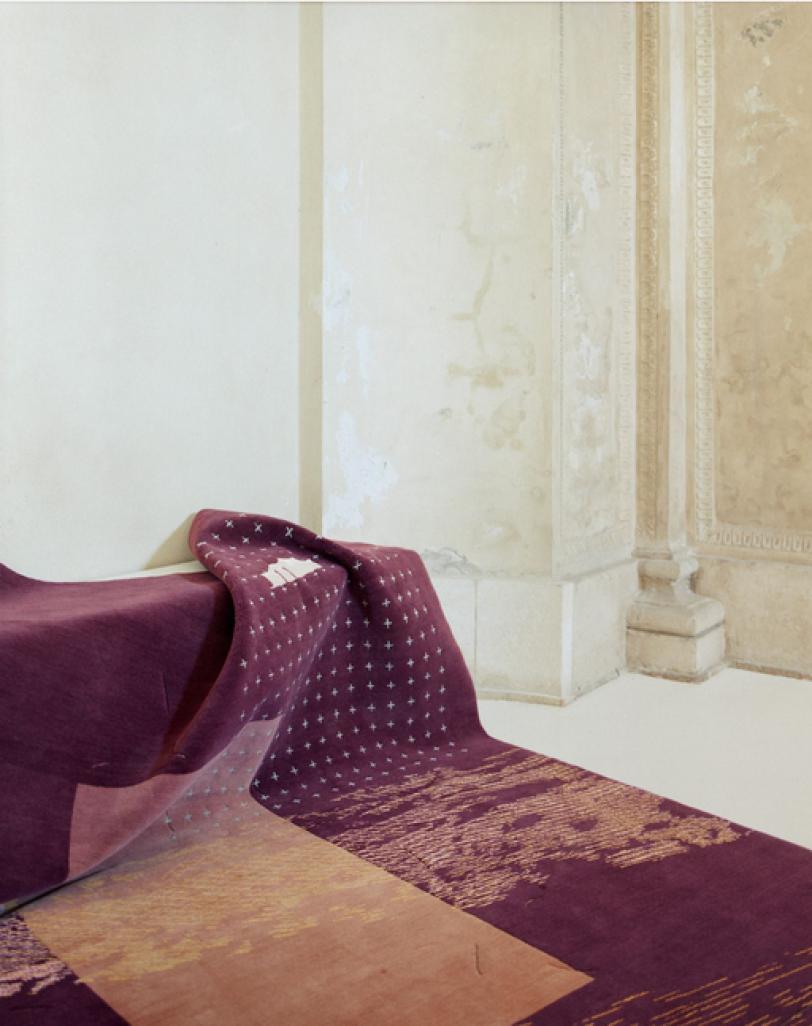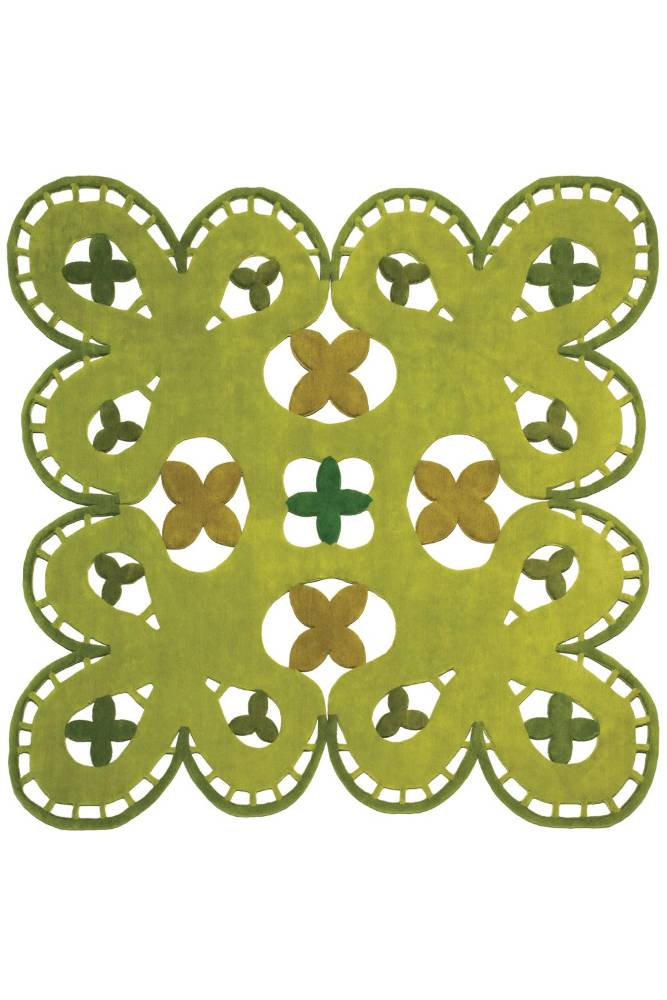Materials and techniques
How many knots per square meter must a rug have to be a fine artifact?
How often carpet cleaning? Rules for cleaning carpets without damaging them

How often carpet cleaning, Regularly cleaning carpets helps to preserve the beauty of these products and allows them to be used safely for the whole family and guests. At least once or twice a year, carpets should be professionally washed. Each type of model requires a special approach to preserve its integrity and to ensure effective cleaning.
How Often to Replace Carpet?

How Often to Replace Carpet It may surprise you to learn that carpet typically only lasts three to five years. It dependents on how well you maintain them . There is no one correct response to this excellent question. is also dependent on health risks due to the growth of germs, mold, and mildew on old carpets. Regardless of whether you are prone to allergy problems, your environment should not have an old carpet. It is a must replace worn-out carpet
How to identify origin rug? Tips to find out the country of origin right away

How to identify origin rug. By checking the design, the type of workmanship and the characteristics of the different parts that make up the piece, one can get a precise idea of its origin and, not infrequently, also of its economic, craft and artistic value. By analysing the back, one can also understand what the density of the knots is and, consequently, what the quality of the specific artefact is. Other useful clues can be obtained by analysing the fringes, thickness and dimensions of the product.
How to make custom rugs? A guide to customising luxury carpets
How to protect your custom-made rug? (The guide with the best tips)

protect your custom-made rug, the best tips on how to preserve the integrity and beauty of your custom-made artefact, defending it from the dangers most often present in a home. In the presence of children and animals, in particular, the likelihood of stains or accidents that could damage the rug pile increases. The main domestic enemy of high-end rugs (custom or standard) is probably moisture. it is important to include a periodic check of the condition of the fibres, especially to ensure that there are no moths
Indigenous rugs: how are they made? Why include them in an interior design project?
Indoor outdoor rug: how are they made? How to choose the ideal model for your interior design project?

Choosing to furnish with an indoor outdoor rug is a good idea if you want a versatile, durable result that guarantees uniformity and stylistic continuity. The quality of the final …
Inexpensive area rugs: a complete guide to choosing

Inexpensive area rugs are an interesting resource for those who want to furnish any room with personality without having to spend a lot of money. They allow for a certain amount of creative freedom and allow you to change styles without having to make a large investment. It is best to use inexpensive area rugs in areas that are less heavily trafficked, such as bedrooms, home offices or reading corners.



